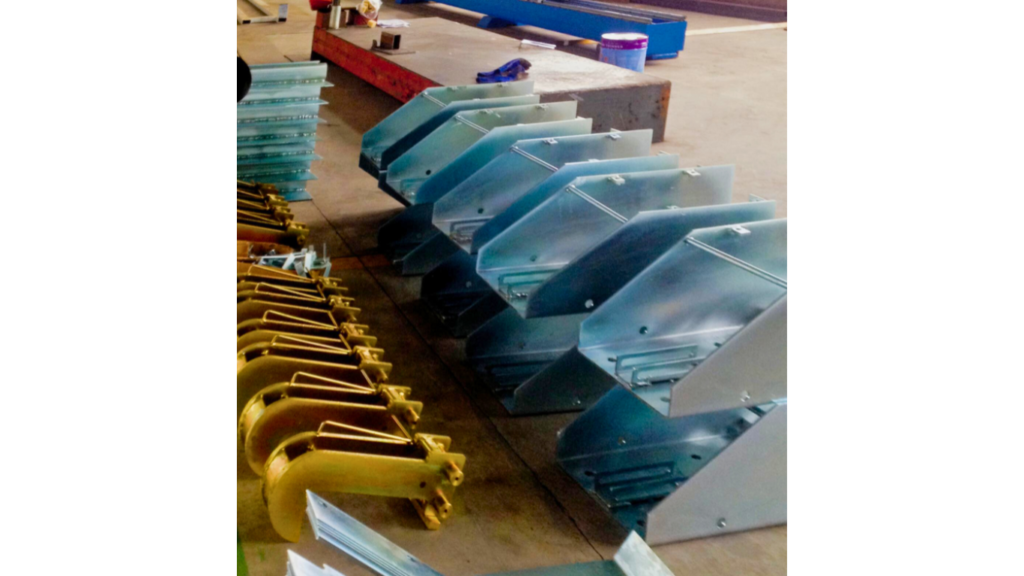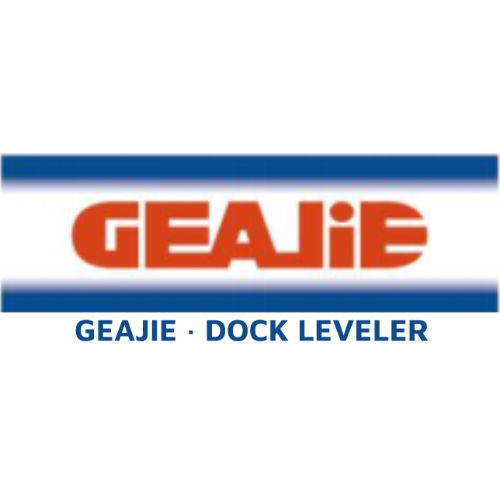Enhance Dock Safety and Stability with a Reliable Vehicle Restraint System


Let us go forward in this battle fortified by conviction that those who labour in the service of a great and good cause will never fail.
Lorem ipsum dolor sit amet, consectetur adipiscing elit.Mauris eros dolor pellentesque sed luctus dapibus lobortis orci.
Curabitur in lacinia justo. In accumsan pharetra lorem et rutrum. Duis non nulla dui. Pellentesque mollis lacinia fringilla. Nunc euismod faucibus tellus, eu laoreet mi tincidunt a. Curabitur dignissim vehicula enim non placerat. Vestibulum ante ipsum primis in faucibus orci luctus et.
Need for Precise Truck Positioning: Are you looking for a solution to ensure that trucks are accurately positioned at designated unloading spots to facilitate efficient loading and unloading?
Prevention of Unintended Vehicle Movement: Do you require a device that prevents trucks from moving forward unintentionally while parked at a truck station or loading dock?
Simple and Effective Operation: Are you interested in a truck restraining device that is easy to operate, using a U-shaped metal hook fixed to the ground to securely hold the truck in place?
Convenience in Releasing and Moving Vehicles: Do you need a system that allows for quick and easy release of the truck, enabling it to move to a different location after unloading or loading is complete?
- The locking hook can withstand an impact force of up to 16 tons.
- The hook height can be adjusted within a range of 280-680MM.
- Simple operation: Press the lift button to raise the locking hook, which automatically stops after hooking onto the truck’s rear crossbar. After loading and unloading are completed, pressing the button lowers and resets the locking hook.
- The locking hook moves up and down with the truck’s rear during loading and unloading, maintaining a tight and secure fit for reliable safety.
- Integrated control box allows for interlocked operation with the unloading door, loading platform, and vehicle lock, protecting equipment while enhancing safety during the loading and unloading process.
- Both the control box and the exterior are equipped with signal lights, ensuring that trucks and forklifts operate safely according to the signal indications.
A truck restraint is a vital safety device designed to ensure trucks or trailers remain securely in place during loading and unloading operations. Widely used in logistics environments such as truck stations, freight yards, and warehouses, truck restraints enhance safety and improve operational efficiency. Here are the main reasons to choose a truck restraint:
Enhanced Loading and Unloading Safety
Truck restraints effectively prevent vehicles from moving unexpectedly during loading and unloading, protecting both workers and equipment. By keeping the truck in a fixed position, they significantly reduce the risk of accidents, ensuring safe loading and unloading processes.Easy to Use
Both hook-style and wheel-based truck restraints are designed to be simple and user-friendly. The driver only needs to park the vehicle in the designated position, and the restraint will secure the truck’s wheels, preventing movement. When it’s time to move the truck, releasing the restraint is just as quick and easy, requiring no complex operations or specialized training.Versatile Application
Truck restraints are suitable for various logistics locations, including warehouses, freight yards, and truck stations. They provide a reliable vehicle stabilization solution for different types of trucks, making them effective in diverse loading and unloading environments.Improved Efficiency
Using truck restraints allows trucks to quickly and accurately park in designated loading positions, reducing docking time and improving loading and unloading efficiency. In locations with frequent loading activities, restraints help streamline operations and increase overall productivity.Variety of Options
Depending on operational needs, you can choose between hook-style or wheel-based truck restraints. Hook-style restraints are ideal for precise vehicle positioning, while wheel-based restraints offer greater adjustability. These options provide flexibility to suit different scenarios and requirements.Increased Safety Assurance
Truck restraints not only prevent unintended truck movement during loading but also prevent gaps from widening between the dock and truck, further enhancing operational safety and protecting both cargo and personnel.
Choosing a truck restraint can significantly enhance the safety and efficiency of logistics operations, making it an essential piece of equipment for secure and effective loading and unloading in warehouses and freight yards.


Vehicle restraints are devices used to secure trucks or trailers during loading and unloading operations, commonly found in warehouses, logistics centers, and freight docks. They help prevent vehicles from moving unexpectedly, ensuring safety during operations. Here are the steps and precautions for using vehicle restraints effectively and safely.
1. Inspect the Restraint Device
- Before use, check the vehicle restraint to ensure there is no damage, wear, or malfunction.
- Inspect all securing components, such as locking hooks or clamps, to ensure they are functioning correctly and can hold the vehicle securely.
- Confirm that all safety labels are clearly visible for easy identification by operators.
2. Prepare the Loading Area
- Clear the loading area of any obstacles or debris that could interfere with operations.
- Position the vehicle correctly, ensuring its wheels are aligned with the restraint device.
- Use wheel chocks to secure the vehicle’s wheels, preventing any movement before the restraint is engaged.
3. Position the Vehicle Restraint
- Depending on the type of restraint (such as hook-type or wheel-type), place the restraint in the proper position.
- For hook-type restraints, position the hook behind the vehicle’s wheel to prevent forward or backward movement.
- For wheel-type restraints, place the clamp around the vehicle wheel, ensuring it grips the wheel securely to prevent any movement.
4. Ensure Secure Placement
- Verify that the restraint is firmly fixed at the wheel position, checking for any looseness or instability.
- Double-check the restraint’s placement to ensure it effectively restricts the vehicle’s movement.
- If necessary, use multiple restraints for added stability, especially with larger vehicles.
5. Perform Loading and Unloading
- Once the restraint is securely installed, proceed with loading or unloading operations.
- When using forklifts, pallet jacks, or other equipment, operate smoothly and carefully to avoid accidents, such as goods falling or equipment damage.
- Monitor the entire process to ensure the safe operation of both the vehicle and loading equipment.
6. Remove the Vehicle Restraint
- After completing the loading or unloading, ensure all goods are safely transferred.
- Carefully release the restraint from the vehicle wheel and move it away to a secure location.
- Store the restraint properly to prevent it from obstructing other operations or causing hazards.
7. Clean and Reset the Loading Area
- Clean the loading area, removing all equipment and debris to maintain a tidy workspace for future operations.
- Inspect the restraint device for any damage or wear after use, and store it in the designated area.
8. Regular Maintenance and Inspection
- Regularly check the restraint components for any signs of wear or damage.
- Keep all securing mechanisms and moving parts lubricated to ensure smooth operation.
- Maintain a log of all inspections, repairs, and maintenance activities for reference.
Safety Tips
- Always wear appropriate personal protective equipment, such as safety shoes and gloves, when operating the restraint.
- Ensure all personnel are trained and familiar with the restraint’s operation and safety procedures.
- If the restraint malfunctions or shows any signs of abnormality, stop using it immediately and contact a technician for repairs.
By following these steps and safety measures, you can use vehicle restraints effectively, ensuring smooth loading and unloading operations and maintaining a safe work environment.

